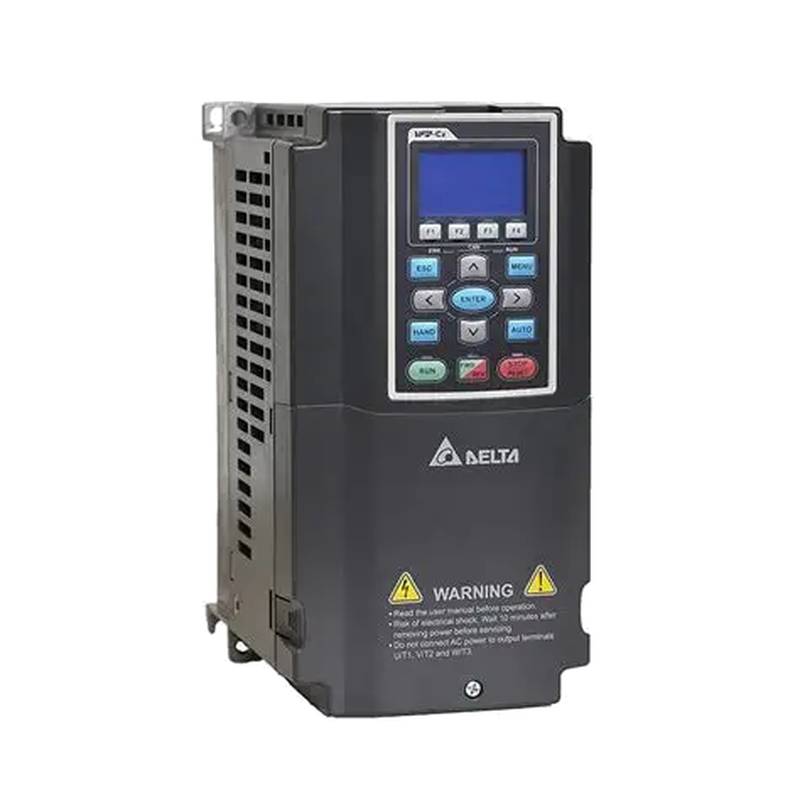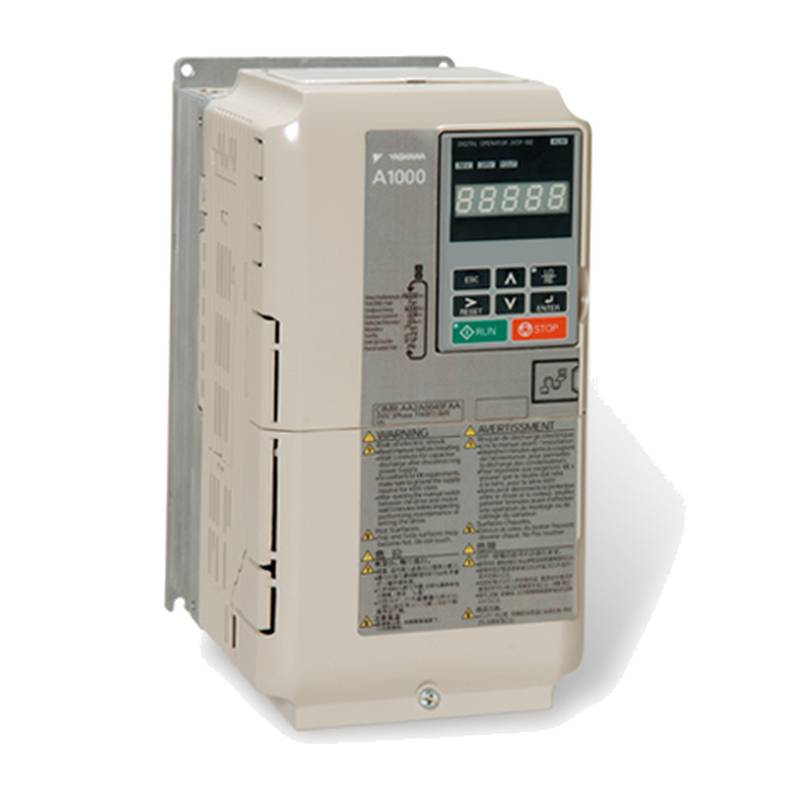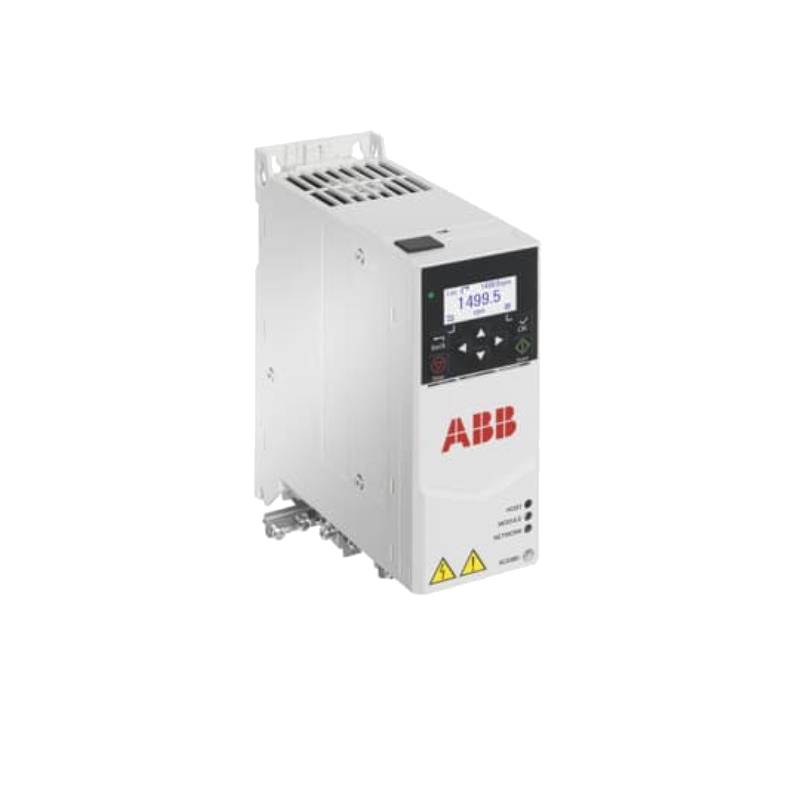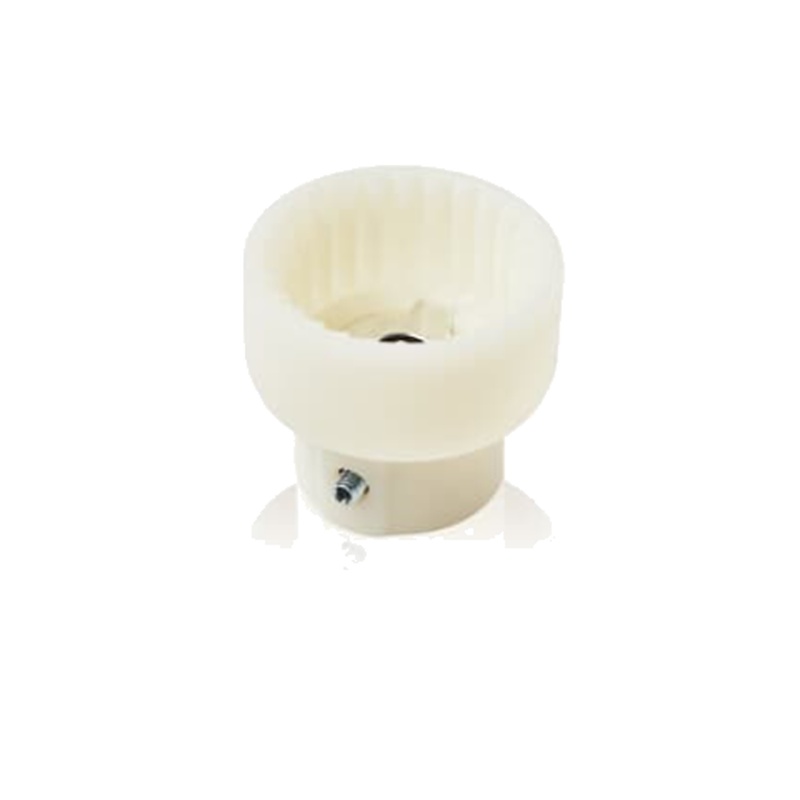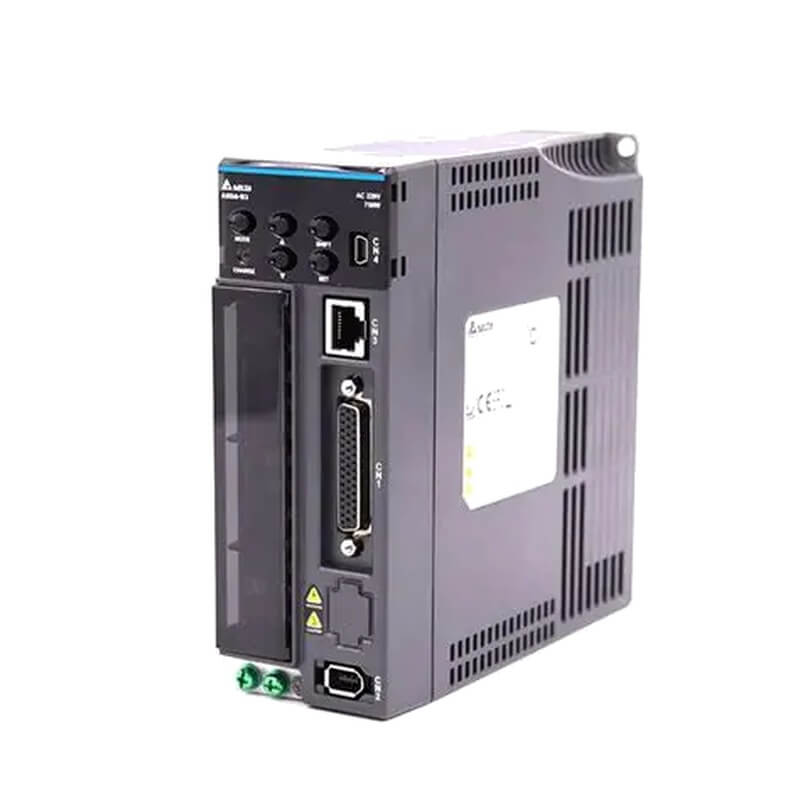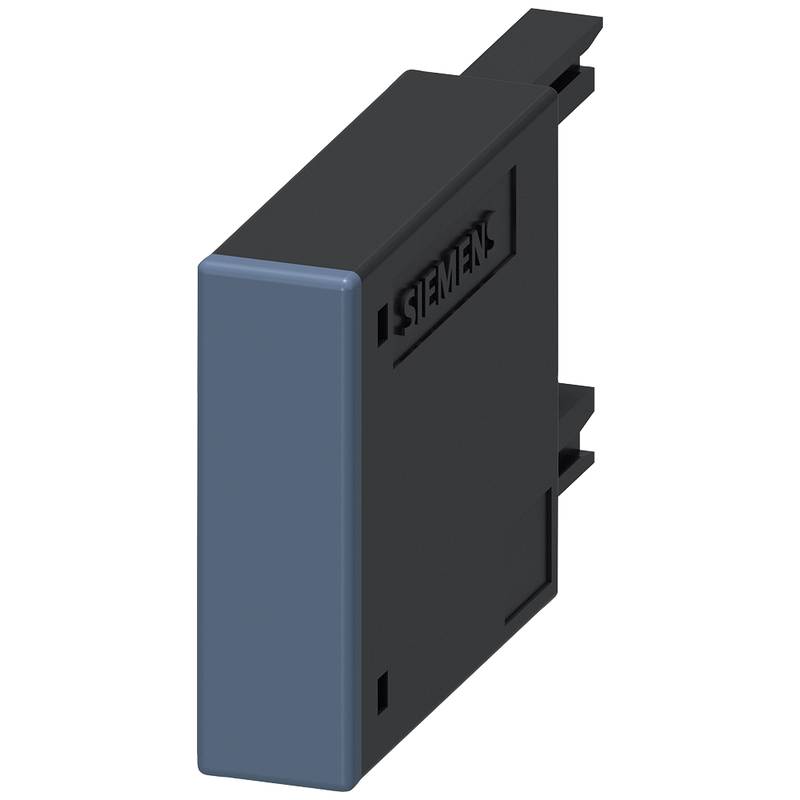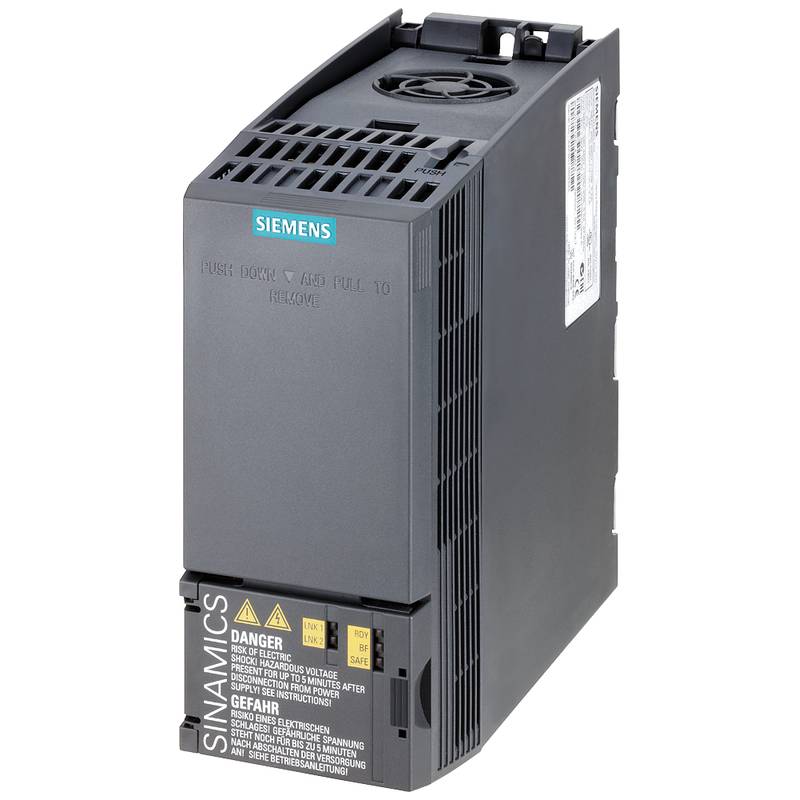
The Delta VFD220C43A-21 C2000+ Frequency Converter is a robust, 22kW solution engineered for demanding industrial pump applications, offering superior control, energy efficiency, and reliability. This advanced drive boasts a sophisticated control algorithm for precise motor speed regulation, essential for optimizing pump performance and minimizing energy consumption. Its intelligent features, such as built-in PID control and a wide input voltage range, facilitate seamless integration into diverse industrial environments. The VFD220C43A-21 is designed for high-performance operation, ensuring consistent and stable output crucial for critical pumping processes.
Product Specifications
| Feature | Specification |
| :------------------ | :------------------------------------------------- |
| Model | VFD220C43A-21 C2000+ |
| Power Rating | 22 kW (30 HP) |
| Input Voltage | 3-Phase, 380-480V AC |
| Output Voltage | 3-Phase, 0-480V AC |
| Output Frequency | 0-600 Hz |
| Control Method | Sensorless Vector Control, V/f Control |
| Protection Level | IP20 |
| Braking Unit | Built-in Braking Unit (for applicable models) |
| Communication | Optional Communication Modules (e.g., Modbus, Profibus) |
| Operating Temperature | -10°C to 40°C (derating required above 40°C) |
Core Features & Market Positioning
The Delta VFD220C43A-21 C2000+ distinguishes itself in the market through its advanced sensorless vector control, providing exceptional torque response and speed accuracy even under varying load conditions, a critical advantage for industrial pumps. This level of precision allows for significant energy savings by matching pump output precisely to demand, reducing wasted power. The drive's robust design and comprehensive protection features, including overcurrent, overvoltage, and undervoltage protection, ensure operational continuity and longevity in harsh industrial settings, positioning it as a reliable workhorse for critical applications. Its modular design and optional communication cards also enable flexible integration into existing SCADA and DCS systems, enhancing its value proposition for modern industrial automation.
Key Application Scenarios
This 22kW frequency converter is ideally suited for a wide array of industrial pump applications where precise flow and pressure control are paramount. It excels in water supply and wastewater treatment systems, managing centrifugal pumps to maintain consistent water pressure and flow rates while optimizing energy usage. In the oil and gas sector, it provides reliable speed control for various pumping operations, including those involving viscous fluids. Furthermore, the VFD220C43A-21 is a strong candidate for chemical processing plants, managing pumps that handle corrosive or sensitive materials, where smooth acceleration and deceleration are crucial to prevent process disruption. Its adaptability also extends to HVAC systems for building automation, controlling pumps for circulation and boosting applications.
Practical System Integration Guidance
Integrating the Delta VFD220C43A-21 into an industrial pump system requires careful consideration of power and control wiring. Ensure the input power supply is stable and within the specified 380-480V AC range, and that all connections are made according to the terminal diagrams provided in the VFD's manual. For optimal performance with pumps, utilizing the sensorless vector control mode is recommended, which typically involves setting motor parameters such as rated voltage, rated frequency, rated current, and rated speed. Commissioning often includes a motor auto-tuning process, which the VFD performs to precisely match its control parameters to the specific motor's characteristics, ensuring optimal torque and efficiency. Proper grounding and shielding of cables are essential to prevent electromagnetic interference (EMI) and ensure safe operation.
Operation and Risk Mitigation
Safe and efficient operation of the Delta VFD220C43A-21 C2000+ hinges on adhering to operational guidelines and understanding potential fault conditions. Before powering on, verify all wiring and parameter settings. During operation, monitor the drive's status via its display or communication interface for any anomalies. Common troubleshooting involves checking for overcurrent faults (often indicated by an "OC" error code), which can result from sudden load changes or motor issues, and undervoltage faults ("UV") due to an unstable power supply. Implementing appropriate motor protection, such as thermal overload protection, and ensuring adequate ventilation for the VFD are critical steps in mitigating risks and preventing premature component failure. Regular inspection of heatsinks and cooling fans will also help maintain optimal operating temperatures.
Scalability & Long-Term Value
The Delta VFD220C43A-21 C2000+ offers significant long-term value through its scalability and compatibility with modern industrial control architectures. Its modular design allows for the addition of various communication modules, such as Modbus, Profibus, DeviceNet, or EtherNet/IP, facilitating seamless integration into distributed control systems (DCS) and supervisory control and data acquisition (SCADA) platforms. This ensures that the VFD can be a central component of an Industrial Internet of Things (IIoT) strategy, enabling remote monitoring, diagnostics, and predictive maintenance. Its robust build quality and Delta's commitment to product development suggest a long operational lifespan, supported by readily available technical support and spare parts, making it a sound investment for evolving industrial needs.
FAQs
What is the primary function of the Delta VFD220C43A-21 C2000+?
This frequency converter controls the speed of industrial pumps by adjusting the motor's voltage and frequency. It optimizes pump performance and significantly reduces energy consumption.
It provides precise control over flow rates and pressures, essential for many industrial processes. The drive's advanced features enhance operational efficiency and system reliability.
Its core purpose is to enable variable speed operation for pumps, leading to cost savings and improved process management.
How does the Delta VFD220C43A-21 C2000+ achieve energy savings?
By precisely matching pump output to demand, it avoids over-pumping and unnecessary energy waste. Variable speed operation allows the motor to run at lower speeds when full output isn't required.
The drive's efficient motor control algorithms minimize energy losses compared to fixed-speed operations. This translates to lower electricity bills for industrial facilities.
It reduces mechanical stress on the pump and motor by providing smooth acceleration and deceleration, indirectly contributing to energy efficiency through reduced wear and tear.
What are the key technical specifications of this 22kW VFD?
It operates on a 3-phase, 380-480V AC input and delivers a 3-phase, 0-480V AC output up to 600 Hz. Its power rating is 22 kW.
The drive supports advanced control methods like sensorless vector control for accurate speed and torque regulation. It also features an IP20 protection level.
Built-in braking units (on applicable models) and optional communication modules enhance its versatility for various industrial applications.
Where is the Delta VFD220C43A-21 C2000+ typically used?
This VFD is ideal for water supply and wastewater treatment applications. It's commonly found in chemical processing and oil & gas industries.
It is also widely deployed in HVAC systems for building automation and circulation pumps. Its robust design suits demanding industrial environments.
Any industrial pump application requiring variable speed control and precise flow or pressure management can benefit from this converter.
What kind of motor control does this drive offer?
It provides advanced sensorless vector control for precise speed and torque management. This is crucial for applications with varying loads.
The drive also supports traditional V/f control, offering flexibility for different motor types and system requirements.
This dual-control capability ensures optimal performance across a broad range of industrial pump applications.
How is the Delta VFD220C43A-21 C2000+ installed and commissioned?
Installation involves correct power and control wiring according to the manual's terminal diagrams. Proper grounding is essential for safety and performance.
Commissioning typically includes an auto-tuning process for the connected motor. This calibrates the VFD for optimal efficiency and response.
Careful parameter setup, especially for motor data and application-specific settings, is vital for successful integration.
What are common fault codes for this frequency converter?
"OC" (Overcurrent) is common, often indicating sudden load increases or motor issues. "UV" (Undervoltage) suggests unstable input power.
Other fault codes may relate to overvoltage, overheating, or communication errors. Referencing the manual is key for diagnosis.
Understanding these codes helps in quickly identifying and resolving operational problems to minimize downtime.
Can this VFD be integrated into a larger control system?
Yes, it supports optional communication modules like Modbus, Profibus, and EtherNet/IP. This enables seamless integration with SCADA and DCS systems.
This connectivity allows for remote monitoring, diagnostics, and data acquisition, crucial for IIoT and smart manufacturing.
Its design facilitates its inclusion in automated industrial processes and centralized control architectures.
What are the power and voltage requirements?
It requires a 3-phase, 380-480V AC input power supply. The output is also 3-phase AC, adjustable from 0 to 480V.
The 22kW power rating is suitable for many medium-to-large industrial pump applications. Always verify compatibility with your specific motor.
Ensuring the input voltage is within the specified range is critical for preventing damage to the drive.
What is the protection rating of this drive?
The Delta VFD220C43A-21 C2000+ has an IP20 protection level. This means it is protected against solid objects larger than 12.5mm.
This rating is suitable for indoor industrial environments where dust and accidental contact are the primary concerns.
For harsher environments, enclosure or specific mounting considerations may be necessary to protect the drive from moisture or contaminants.














